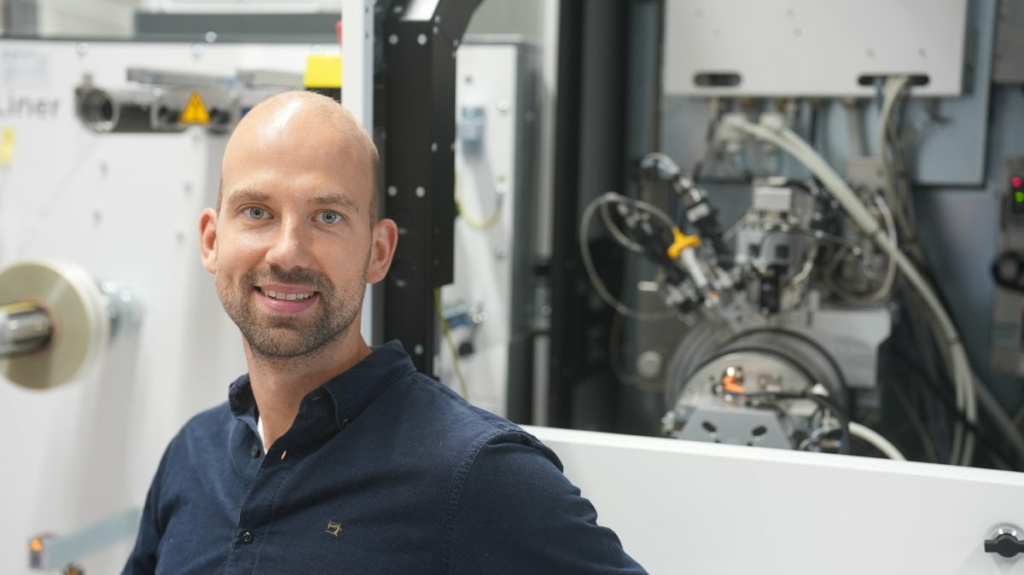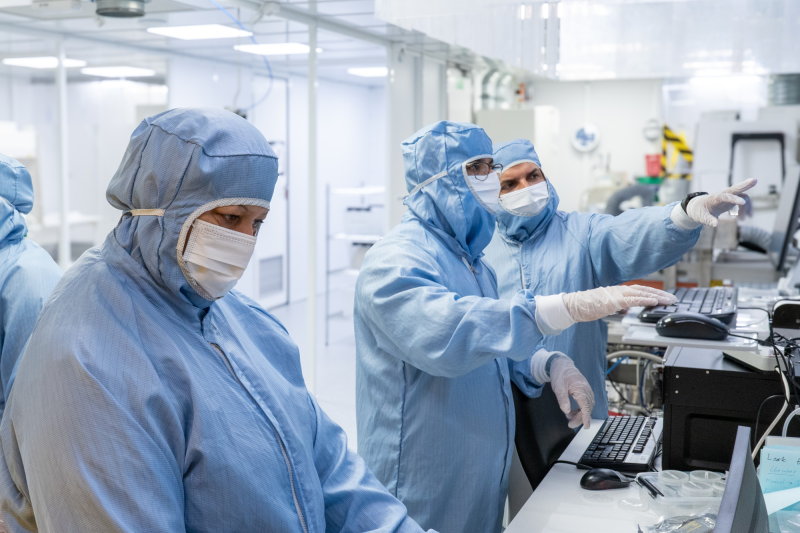Your cart is currently empty!

“If you add a little bit of damping, you can gain a lot”
Passive damping is increasingly used by mechanical engineers designing for the high-tech industry. This was the reason for Patrick Houben, mechanical architect at Nobleo Technology, to attend the “Passive damping for high-tech systems” course at High Tech Institute.
Eindhoven-based Nobleo Technology is an engineering firm that takes on in-house development projects. It specializes in software, mechatronics and mechanics in three core areas: autonomous & intelligence solutions, embedded & electronics solutions and mechatronic systems. Patrick Houben has been employed there for two years as a mechanical architect with the business unit Mechatronic Systems. Originally a mechanical engineer, he’s worked his entire career at semicon companies, including Assembléon, when it was still called Philips EMT, and ITEC in Nijmegen.
“What I mainly do at Nobleo now is define the architecture in projects for customers, lay down concepts and support the project team,” Houben explains. “I’m working together with a team of mechatronic engineers. We ensure that customers’ wishes are properly embedded in the products or modules we design for them.”
“At Nobleo, we take care of the entire design process for customers, including supervising the industrialization of the products in their supply chain. We do the latter together with Nobleo Manufacturing. We call this Design House+ and it’s catching on well. In addition to product development, we build and test the prototypes. During the industrialization process, we can efficiently incorporate necessary improvements in the design. Customers then have a fully equipped supply chain.”
Pragmatic, practical and applicable
The reason for taking the “Passive damping for high-tech systems” course at High Tech Institute was twofold, according to Houben: to broaden his technical knowledge and to be able to apply the acquired knowledge at his clients. He had some prior experience with applying damping, but mainly for isolation, to isolate highly dynamic modules from external vibrations, for example. “I had no experience with the applications from the course. It was surprising and new to me that damping, or suppressing, a single component can greatly improve system performance.”
The course lasted three days and included practical exercises and about six extensive case studies. Houben particularly liked the fact that the course quickly switched to design rules that were easy to apply. “We were given good case studies that showed that in a mechanical construction, you often have very little damping. And if you add a little bit of damping, you can gain a lot – that was really surprising to me as well. When I look at static components in the machines of our customers, for example, they’re often sandwiched in a long span where they can resonate quite strongly. If you can reduce that with passive damping, you can get better performance and increase bandwidths without much extra cost. I really found that very instructive and practical.”

In particular, the MRI scanner case, a doctoral research project by a Eindhoven University of Technology student, resonated well with the course participants, Houben observed. “That was a clear and telling case. It involved a Philips MRI scanner where a person was placed between two horizontal magnetic strips. Because of the positioning of the two strips, the top one could only be supported by two relatively narrow uprights. The stiffness of this construction was suboptimal and as a result of the magnetic movements, the construction started to resonate on the uprights. By applying passive damping in the right place with the right mass and the right specifications, that whole mode disappeared. The damping mass was a simple thirty-pound plate suspended in rubber dampers and hardly added any cost to the scanner.”
Houben also appreciated the practical tip that you can install an oscillator app on your smartphone with which you can map resonances quite accurately and reason about the cause of the problems. “That helps you quickly move toward the right solution. I really liked that in the course – it was very pragmatic, practical and applicable.”
For Houben, the course was surprisingly easy to follow. “I’ve also attended courses that were a bit more difficult. Because I have a classical background in mechanical engineering, I had to build up my knowledge of dynamics, mechatronics and control technology as I progressed through my career. And yes, I sometimes noticed in courses that this was difficult, especially when faced with theoretical sums. But in this course, it wasn’t that difficult. I especially liked the interaction with the two teachers and how they coordinated with each other. It was very informal and open and there was also a lot of back and forth.”
Opportunities
Houben already sees his colleagues applying passive damping to their projects. For the client he’s currently working for, however, the concept is still new. “I’m thinking about how to introduce the acquired knowledge there, but I definitely see opportunities.”
This article was written in close collaboration with High Tech Institute.


